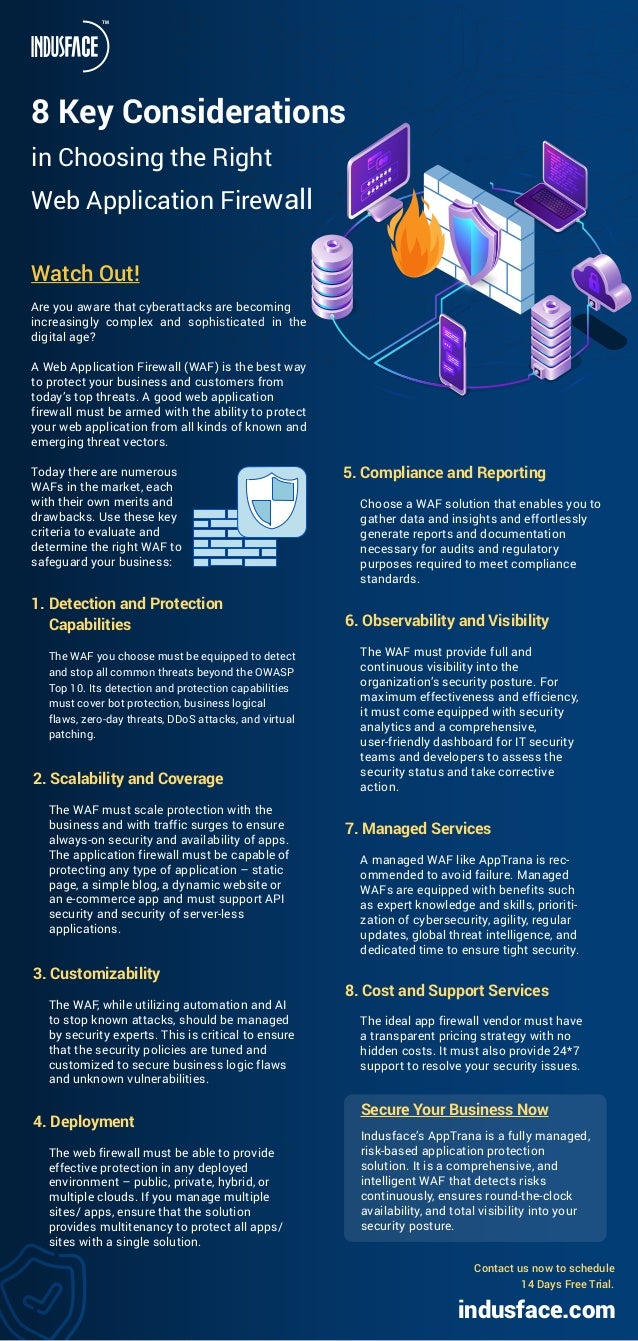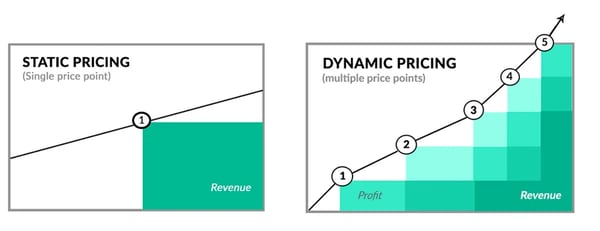When choosing between static and dynamic pricing models, consider your business needs and market conditions. Static pricing offers consistency, while dynamic pricing allows for adjustments based on demand and competition.
Both models have their advantages and drawbacks, so it’s important to assess your specific situation before making a decision. In today’s competitive business landscape, pricing strategy plays a crucial role in determining a company’s success. The choice between static and dynamic pricing models can significantly impact a business’s bottom line.
Understanding the key differences and benefits of each approach is essential for making an informed decision that aligns with your business goals. We’ll explore the nuances of static and dynamic pricing, helping you navigate the complexities of pricing strategy to choose the right model for your business.

Credit: www.slideshare.net
Contents
- 1 Introduction To Pricing Strategies
- 2 Static Pricing Unveiled
- 3 Exploring Dynamic Pricing
- 4 Industries Where Dynamic Pricing Thrives
- 5 Static Pricing In Practice
- 6 Choosing The Right Strategy For Your Business
- 7 Implementing Your Pricing Strategy
- 8 Case Studies
- 9 Future Trends In Pricing Strategies
- 10 Frequently Asked Questions
- 11 Conclusion
Introduction To Pricing Strategies
Essence Of Pricing In Business
Pricing is a critical component of any business strategy. It directly impacts revenue and profitability. The right pricing strategy can drive customer acquisition and loyalty. It also influences brand perception and competitiveness.
Static Vs. Dynamic Pricing: A Primer
Static pricing involves setting a fixed price for a product or service, regardless of market conditions. On the other hand, dynamic pricing adjusts prices based on various factors such as demand, competition, and customer behavior. Both approaches have their own set of advantages and challenges.
Static Pricing Unveiled
Static pricing, a widely used model in the retail industry, refers to a fixed pricing strategy where prices remain constant over a certain period. Let’s delve into the characteristics, as well as the pros and cons of this pricing model.
Characteristics Of Static Pricing
Pros And Cons
- Pros
- Provides price stability for customers
- Simplifies pricing management
- Cons
- Inflexible to market fluctuations
- May result in missed revenue opportunities
Exploring Dynamic Pricing
Dynamic pricing is a modern pricing model that adjusts prices in real-time, based on market demand and other external factors. This pricing strategy is widely used by businesses, especially in the e-commerce industry, to optimize revenue and profit. In this section, we will explore how dynamic pricing works, its advantages and challenges.
How Dynamic Pricing Works
Dynamic pricing is driven by sophisticated algorithms that analyze various data points, such as historical sales, current inventory levels, customer behavior, competitor prices, and market trends. Based on these inputs, the algorithm calculates the optimal price for each product or service, which can change multiple times a day.
The algorithm can also consider other factors, such as time of day, day of the week, and seasonality. For example, a hotel may charge higher prices during peak tourist season or weekends, while offering discounts during weekdays or off-season.
Advantages And Challenges
Dynamic pricing offers several advantages for businesses, such as:
- Increased revenue and profit: By adjusting prices in real-time, businesses can capture more sales and maximize revenue and profit.
- Competitive advantage: Dynamic pricing can help businesses stay ahead of the competition by offering lower prices or better value.
- Improved customer loyalty: By offering personalized prices and promotions, businesses can build stronger relationships with their customers and increase loyalty.
However, dynamic pricing also comes with some challenges, such as:
- Complexity: Dynamic pricing requires sophisticated algorithms and data analysis, which can be challenging for small businesses.
- Transparency: Dynamic pricing can sometimes lead to confusion or distrust among customers, especially if they feel that they are being charged unfairly.
- Legal and ethical issues: Dynamic pricing raises some legal and ethical issues, such as price discrimination and anti-competitive behavior.
Overall, dynamic pricing can be a powerful tool for businesses to optimize their pricing strategy and achieve their revenue goals. However, it requires careful planning, implementation, and monitoring to avoid potential pitfalls and ensure customer satisfaction.
Industries Where Dynamic Pricing Thrives
Dynamic pricing is highly effective in industries such as airline tickets, hotel bookings, ride-sharing services, e-commerce, and online marketplaces. It allows businesses to adjust prices based on factors like demand, competition, and customer behavior, resulting in optimized revenue and customer satisfaction.
By utilizing dynamic pricing models, these industries can stay competitive and maximize profitability.
Dynamic pricing is a pricing strategy where prices are adjusted in real-time based on demand and supply. This strategy is widely used in various industries and is known to generate higher revenue for businesses. In this section, we will discuss the two industries where dynamic pricing thrives the most: E-commerce and Retail and Hospitality and Travel.E-commerce And Retail
Dynamic pricing is commonly used in the e-commerce and retail industry, especially for online marketplaces. Online retailers use dynamic pricing to adjust prices based on various factors like competitor pricing, demand, and supply. For instance, during the festive season, prices of gift items are increased due to high demand. Similarly, prices of perishable products like vegetables and fruits are decreased towards the end of the day to avoid wastage. Dynamic pricing helps retailers to remain competitive and increase revenue.Hospitality And Travel
The hospitality and travel industry is another industry where dynamic pricing thrives. Airlines, hotels, and car rental companies use dynamic pricing to adjust prices based on various factors like demand, seasonality, and events. For example, during the holiday season, the price of airfare and hotel rooms increases due to high demand. Similarly, during the offseason, prices are lowered to attract customers. Dynamic pricing helps the hospitality and travel industry to maximize revenue and optimize inventory.In conclusion, dynamic pricing is a powerful pricing strategy that can help businesses to increase revenue and remain competitive. It is widely used in various industries, including e-commerce and retail and hospitality and travel. By understanding the factors that affect pricing, businesses can implement dynamic pricing strategies that help them to generate higher revenue.Static Pricing In Practice
Static pricing is a fixed price model that remains constant over time. It is a popular pricing strategy that is easy to understand and implement. However, it may not be suitable for businesses that operate in a volatile market where prices fluctuate frequently.
Choosing the right model, whether static or dynamic, depends on the nature of the business and market conditions.
Static pricing is a commonly used strategy in various industries, including consumer goods and services as well as subscription-based models. Let’s explore how static pricing works in these contexts.Consumer Goods And Services
When it comes to consumer goods and services, businesses often set fixed prices for their products or offerings. This means that regardless of factors such as demand fluctuations or changes in production costs, the price remains constant over a specific period.In the consumer goods sector, static pricing is prevalent for products like clothing, electronics, and household items. For instance, a t-shirt priced at $20 today will be sold at the same price next week, regardless of market conditions.In the services industry, static pricing can be seen in various sectors, including healthcare, transportation, and entertainment. Think about a taxi ride, where the fare is predetermined based on factors like distance and time, rather than changing in real-time due to demand or traffic conditions.Static pricing offers simplicity and predictability to both businesses and consumers. It allows customers to plan their purchases, knowing that the price will remain the same for a specific period.Subscription-based Models
Subscription-based models have gained popularity in recent years, offering customers access to a range of products or services for a recurring fee. Static pricing is often implemented in these models to provide customers with a consistent and predictable subscription cost.In the case of subscription-based streaming services like Netflix or Spotify, customers pay a fixed monthly fee to access a library of content. Regardless of the number of hours they spend streaming or the specific content they consume, the price remains the same.Similarly, in the software industry, companies may offer subscription plans for their products, providing customers with regular updates and support. These plans often come with fixed pricing tiers, allowing customers to choose the level of service that best fits their needs.By utilizing static pricing in subscription-based models, businesses can attract customers with transparent pricing structures and eliminate the uncertainty of fluctuating costs.In conclusion, static pricing is a widely used approach in consumer goods and services as well as subscription-based models. It offers simplicity, predictability, and transparency to both businesses and customers. Whether it’s a pair of shoes or a monthly subscription, static pricing allows for easier decision-making and a more straightforward customer experience.Credit: ask.libreoffice.org
Choosing The Right Strategy For Your Business
Choosing the right pricing strategy is crucial for any business. When deciding between static and dynamic pricing models, it’s essential to consider factors such as market demand, competition, and customer behavior. By carefully analyzing these variables, you can determine which model aligns best with your business goals and objectives.
Analyzing Your MarketUnderstanding Your CustomersIn the competitive landscape, choosing the right pricing strategy is critical.Analyzing Your Market
Assess competitors’ pricing models and market demand.Identify trends and opportunities for growth.Understanding Your Customers
Analyze customer behavior and preferences.Segment your audience based on buying habits.Static Vs. Dynamic Pricing: Choosing The Right Model
Evaluate the pros and cons of each pricing model.Consider the impact on revenue and customer loyalty.Implementing Your Pricing Strategy
When implementing your pricing strategy, it’s important to consider the choice between static and dynamic pricing models. Static pricing offers consistency, while dynamic pricing allows for adjustments based on market demand and other factors. Carefully evaluating your business needs and market conditions can help you choose the right model for your pricing strategy.
Implementing Your Pricing StrategyTools and TechnologiesTo effectively implement your pricing strategy, utilize advanced pricing software.Monitoring and AdjustmentRegularly monitor market trends for timely pricing adjustments.
Credit: blog.hubspot.com
Case Studies
Explore how businesses can benefit from analyzing case studies on static vs. dynamic pricing to make informed decisions on the most suitable pricing model for their products or services. By comparing real-world examples, companies can gain valuable insights into the effectiveness of each approach and optimize their pricing strategies for maximum profitability.
Success Stories
One company implemented dynamic pricing, boosting revenue by 20%.
Lessons Learned
Another business struggled with static pricing, losing customers to competitors.
Future Trends In Pricing Strategies
As technology continues to evolve, businesses are exploring innovative approaches to pricing strategies. Two key factors driving future trends are Artificial Intelligence and Big Data.
Artificial Intelligence And Pricing
AI is reshaping pricing strategies by enabling real-time analysis and dynamic adjustments.
The Role Of Big Data
Big Data provides valuable insights for personalized pricing and market segmentation.
Frequently Asked Questions
Why Is Dynamic Pricing Better Than Static Pricing?
Dynamic pricing is better than static pricing because it allows businesses to adjust prices in real-time based on factors like demand, competition, and customer behavior. This flexibility maximizes revenue and profit potential while providing customers with more personalized pricing options.
How Do You Choose A Pricing Model?
To choose a pricing model, follow these guidelines: 1. Understand your product’s value and market demand. 2. Analyze your costs and competitors’ prices. 3. Consider customer preferences and willingness to pay. 4. Test different pricing strategies and gather feedback. 5.
Adjust and optimize your pricing model based on data and customer response.
What Are The Pros And Cons Of Dynamic Pricing?
Dynamic pricing can optimize revenue and match demand. It allows flexibility but can confuse customers and damage brand reputation.
When Should A Company Use Dynamic Pricing?
Dynamic pricing is best for businesses with fluctuating demand and a large number of products. It helps optimize pricing based on real-time data and market conditions, maximizing revenue and profit.
Conclusion
The choice between static and dynamic pricing models depends on various factors such as market demand, competition, and customer behavior. While static pricing offers simplicity and stability, dynamic pricing allows businesses to adapt to market fluctuations and maximize profitability. Ultimately, it is crucial to analyze your specific business needs and industry landscape to make an informed decision.
Whichever model you choose, regularly monitoring and adjusting your pricing strategy will ensure long-term success in today’s ever-evolving market.


